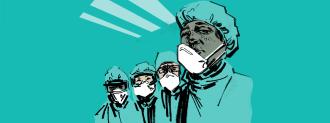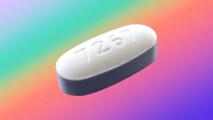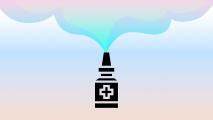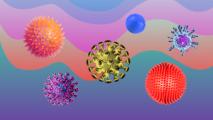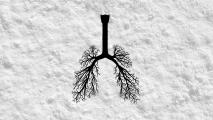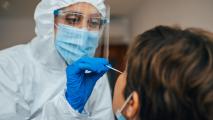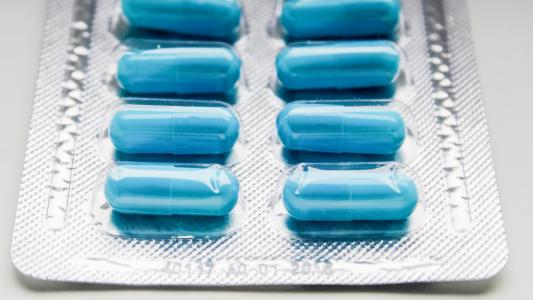As data on COVID-19 builds, a consensus is emerging about the key question: how does the coronavirus spread?
The Wall Street Journal interviewed scientists and public health experts to distill the current state of play on how to prevent the coronavirus from spreading.
How Does the Coronavirus Spread?
Research suggests that up close, person-to-person interactions for prolonged periods of time are the most likely route of coronavirus transmission.
Coronavirus spread in such scenarios may be exacerbated by loudly talking, yelling, or singing. Being inside, or in a place with poor ventilation, may increase the chance of infection, too. That’s because researchers believe that the main way coronavirus spreads is through respiratory droplets.
Respiratory droplets are formed whenever people exhale — and you’ve actually seen them. On cold days, you can “see your breath” because the cold air causes these tiny droplets to condense into visible clouds — in a car, you’ve probably seen the windows fog up just from breathing normally.
Now, picture thousands of virus particles — picked up in your lungs, throat, or nose — packed into every droplet. (Maybe think twice about hot-boxing during a pandemic.)
When we talk, laugh, sing, yell, cough, or sneeze, these droplets become little virus spaceships, traveling through the space between people and potentially finding a vulnerable place to take hold.
If enough virus particles make their way to your respiratory cells, then they can utilize their infamous spike protein, rend your cells membranes, and begin replicating like crazy.
How to Avoid Catching Coronavirus
Wearing masks, being outside or in well-ventilated areas, and keeping a social distance still seem the best way to avoid coronavirus transmission.
One route that does not seem likely to be a major contributor to coronavirus spread? Surface transmission. Catching COVID-19 through touching objects that have already been contaminated with SARS-CoV-2 is an uncommon form of coronavirus transmission, the Journal‘s sources said.
Similarly, quick encounters outdoors — with physical barriers (read: masks! Wear. The. Damn. Masks!) stopping many droplets, and distance, time, and air movement dissipating the rest — seem less likely to cause infection as well.
A growing consensus of researchers, armed with mounting evidence, believe SARS-CoV-2 can utilize the most frightening form of transmission: aerosol. Unlike respiratory droplets, which usually condense and fall to the ground quickly, aerosol transmission allows the virus to spread through much smaller droplets, which can linger in the air for hours after an infected person leaves, and these little drops can then be inhaled deep into the lungs.
University of Florida researchers have recently cultivated live SARS-CoV-2 from the air, an important finding that lends heavy weight to the coronavirus’s potential airborne abilities.
While many scientists now say spread by aerosol transmission is possible, there’s not a consensus on how often. If it were as infectious as aerosolized viruses like measles, we would likely be seeing far more cases, the CDC’s John Brooks told the Journal.
Airborne transmission means a new focus on other preventative measures, like improved ventilation, University of Pittsburgh respiratory virus researcher Seema Lakdawala told the New York Times.
What This Means Going Forward
A thorough understanding of coronavirus transmission is crucial to preventing that transmission.
With testing, tracing, and isolation of people who have been exposed to the coronavirus, we may be able to contain COVID-19 without needing the desperate lockdown measures we took to weather the initial wave.
Understanding that coronavirus spread seems to be primarily through respiratory droplets could mean that businesses and organizations should focus on creating physical distance, perhaps through staggered shifts, limiting opportunities for sustained, close contact — say, around the coffee machine or in the restroom — and requiring masks and barriers.
It could also mean that spending too much time and money on combating surface transmission may not be the most efficient way to safely re-open.
The answer to understanding, and stopping, coronavirus spread is a living, breathing one; in the midst of a pandemic and the ensuing cyclone of research and revision, death and fear, success and mistakes, definitive answers can seem elusive.
But through our brutally earned experience and on scientists’ microscope-slouched shoulders, a consensus that can save lives is building.
Editor’s note: This article was updated on 8/14/20 to reflect new evidence regarding airborne transmission of SARS-CoV-2.
